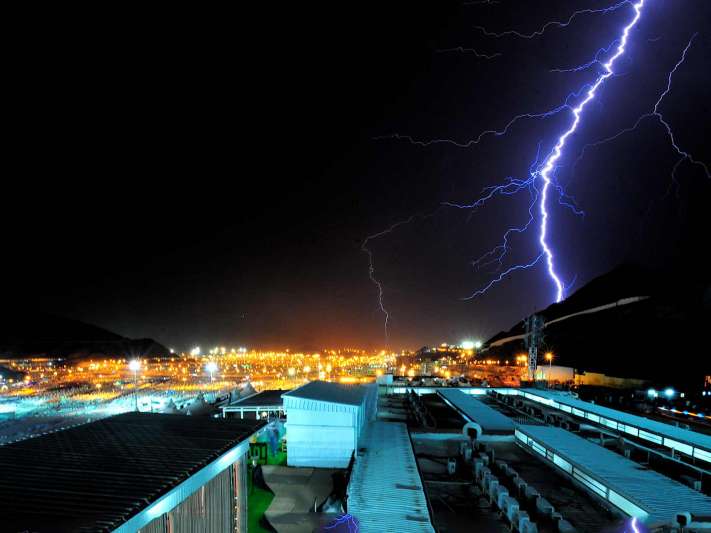On May 18, the AP Disaster Management Force had predicted thunderbolt and lightening 30 minutes before its occurrence. The tahsildar of Anantagiri district recently got a call from the department based in Vijayawada about the prediction. Tahsildar Rani Ammaji was informed of a lightning and thunderbolt strike that would take place in 30 minutes within a two kilometre radius.
The tahsildar went on to send out messages to 300 public servants about the same, including to sarpanches, village assistants, village revenue officers, education officers and health workers. She asked them to inform people in their areas to stay away from trees and electric poles. The prediction did come true within 45 minutes, helping them save lives.
People in that particular area were collecting firewood and forest produce at the time. They would’ve been injured or worse had the prediction not come through. The prediction is the second one by the department, the first one being on May 16 in Chittoor. These predictions have made Andhra Pradesh the first state in India being able to predict thunderbolts 30 minutes before their occurrence.
The prediction mechanism has been developed in collaboration with ISRO and Earth Network and has more than 80% accuracy. AP and Telangana record several deaths that occur due to thunder strikes. Due to the increasing number of deaths, the centre has declared deaths due to thunder strikes as natural deaths, allowing the families to claim compensation as per norms.
On the thunder strike that occurred on May 16, there was loss of property, but human and cattle loss was averted due to the prediction. The department has also issued similar advisories for Narsipatnam, Markapuram, Chandragiri and Mittapalem for a three kilometre radius.
The way the predictions are done are based on the current generated when two clouds come in contact during the change of temperature. There are 14 proximity sensors, each sensor for a 250 kilometre radius set up across the state in a zigzag pattern. The AP State Council for Higher Education has even ensured the setup of these sensors at universities and colleges so students can study the lightening predictions.
These sensors assess electromagnetic waves and pass the data to the cloud of Earth Networks. The data is then sent through an Application Program Interface after it’s processed. The Kuppam engineering college students have even developed an app named ‘Vajrapath’ that will send out voice and text messages.
The department is now trying for 95% accuracy in the coming months. Several states have now approached Andhra Pradesh for their help in setting up similar systems.










Discussion about this post